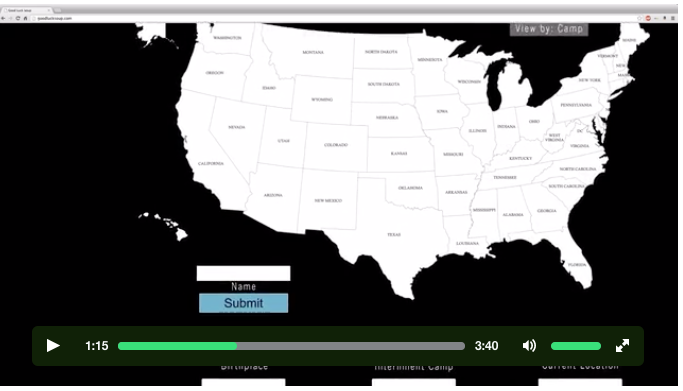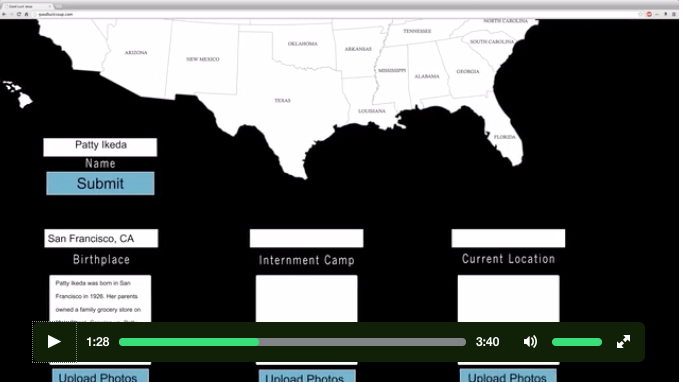Step One: Reflecting
Today I’ve started to think more about my creative process in crafting digital stories and how to archive my photos/video footage from the iPhone. My first step: reflecting on the process.
I like using the iPhone for creating content and, quite frequently, for crafting stories. The iPhone app enables you to quickly edit footage and post it online. I use Vimeo. This easy and fast process has enabled me to generate lots (over 100) short digital moments which capture daily experiences in my life. What I find especially great about this process is that because it’s fairly effortless—it only takes about 5 minutes to edit clips, create a story out of the footage and add sound—it doesn’t take up too much time or overwhelm me with complicated software. And it doesn’t distract me from experiencing life, not just documenting it.
I am realizing, however, that this almost effortless process comes at a price. Because I can just start shooting and quickly editing, I’m not thinking about the creative process (how I’m setting up and constructing my stories) and I’m not thinking about how to archive the photos and video footage that I’m creating for future projects or for others to watch/use. Sure these photos are being stored on iCloud and on my various devices, so they are being archived. But, increasingly, I’m finding Apple’s approach to the cloud and the ways that they control the managing and archiving of photos to make the process tedious, frustrating and often unworkable. Ugh. Don’t get me started on how much I dislike the recent software updates to the iPhone, Photos and iCloud.
Instead of continuing to complain to STA, my Apple/tech expert, about my frustrations or give up on doing more digital stories, I’ve decided that I need a more deliberate plan on how to build archiving into my storytelling process. It might be more tedious, but since I’m committed to not only telling my stories, but documenting life for future stories/storytellers, I must carefully archive what I’m doing. The first part of my plan is to export the videos and photos that I can access on Photos (from 2012…where’s my earlier stuff?) to a highly organized hard drive, with folders for each year and type of content. This will take some time…

